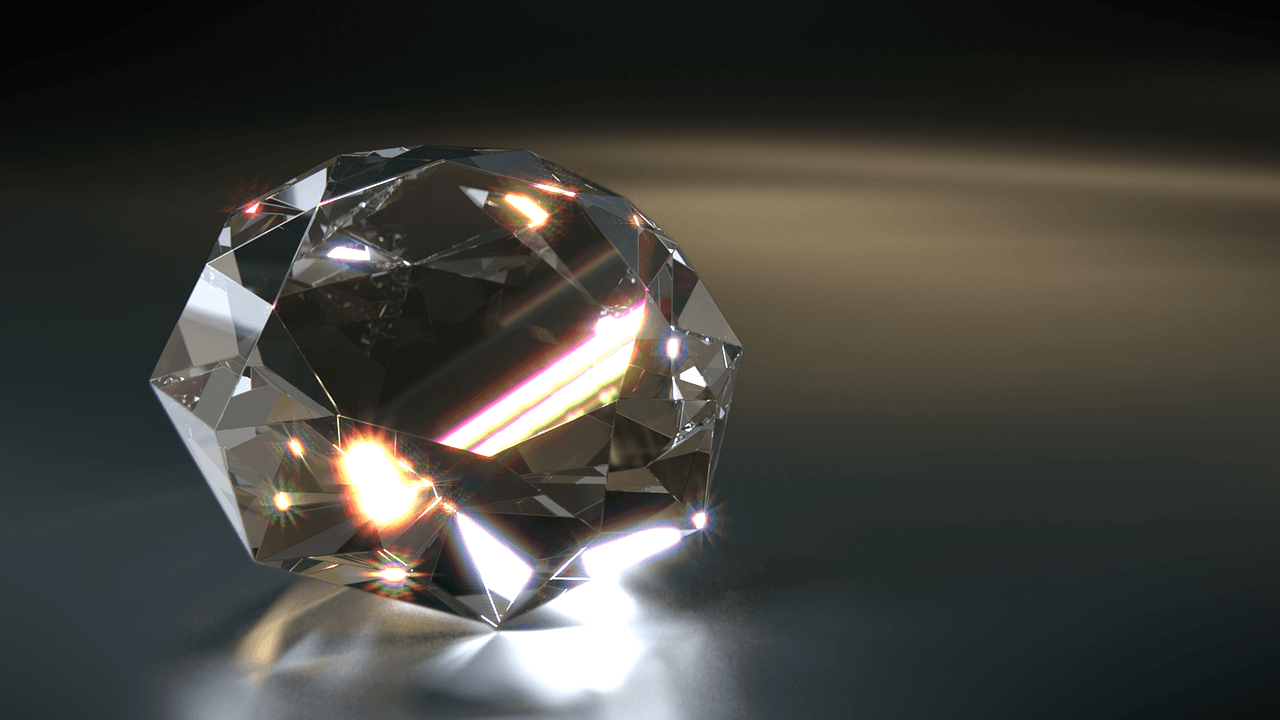How to bend a diamond
There are many things we know about diamonds (they are really quite expensive, as well as being a girl’s best friend), with one of its key properties being that it is incredibly hard. Indeed, according to the Mohs’ scale, it’s the hardest substance on Earth. So, it isn’t the natural first thought when you think of a material that can be bent and stretched – however, a team at the Massachusetts Institute of Technology have discovered a new way to manipulate diamond, making it turn flexible, and the potential applications of this research are numerous.
Diamond is an allotrope of carbon (albeit very highly organised carbon) – each carbon atom is covalently bonded to four other carbon atoms, making the bond between them incredibly strong. This structure makes diamond very hard (it retains its original shape) and, consequently, chemically inert. However, these covalent bonds also help make the diamond very brittle – it cannot absorb energy, and so all of the energy supplied to it in an impact is available for cracking. That’s why, despite their hardness, we’re able to cut the carbon allotrope.
It isn’t the natural first thought when you think of a material that can be bent and stretched
In their experiment and using a computer modelling program, the team fashioned diamond nanoneedles that were a little over two micrometres in size, and then used a diamond tip to push them under the watchful eye of an electron microscope. Normally, diamond has a flexibility of just one percent, but scientists were able to stretch and bend the nanoneedles by as much as nine percent. Up to that tensile strain, the elastic deformation also completely reversed itself once the pressure was removed.
Why are the nanoneedles able to bend so much more than normal diamond? It’s down to the smaller scale, according to Ming Dao, the study’s author, and the fact that these specially-made nanoneedles don’t have any defects which could increase their brittleness (an imperfection could help trigger cracking). Materials made at the nanoscale tend to have some unique properties compared to bulk materials of the same composition – bulk diamond does not conduct electricity because its covalent bonds mean it has no free electrons or ions, for example, whereas nano-diamond is being touted as a potential semiconductor in very small-scale circuit boards. This is down to the amount of space between the carbon atoms adjusting minutely, which affects the amount of energy held by the electrons.
Materials made at the nanoscale tend to have some unique properties compared to bulk materials of the same composition
Further study is now required to see how dealing with diamonds on the nano-scale changes the substance. According to Yonggang Huang, from the Northwestern University in Illinois: “When elastic strains exceed one percent, significant material property changes are expected through quantum mechanical calculations. With controlled elastic strains between 0 to 9 percent in diamond, we expect to see some surprising property changes.” It has already been posited that a new type of flexible diamond could have different kinds of thermal, optical, magnetic and electrical properties, meaning it could have numerous new uses in the future.
One area that the research team has touted is medicine. Diamond would be a very useful tool in biotechnology, because it can take a beating and its chemical inertness means it wouldn’t produce unwanted reactions in the body – the team itself is working on using this discovery to create a new method of delivering drugs to the heart of cancer cells. Nano-diamond also has potential applications in data storage and (with the right treatment) being used as a sensor for changes in magnetic fields and temperatures, as well as exotic quantum quantities such as spin densities.
Diamond would be a very useful tool in biotechnology, because it can take a beating and its chemical inertness means it wouldn’t produce unwanted reactions in the body
Even in its early days, this study offers both an exciting look at both a potential flurry of new applications for nano-diamond and a reminder that at the nanoscale, the world is very different indeed.

Comments